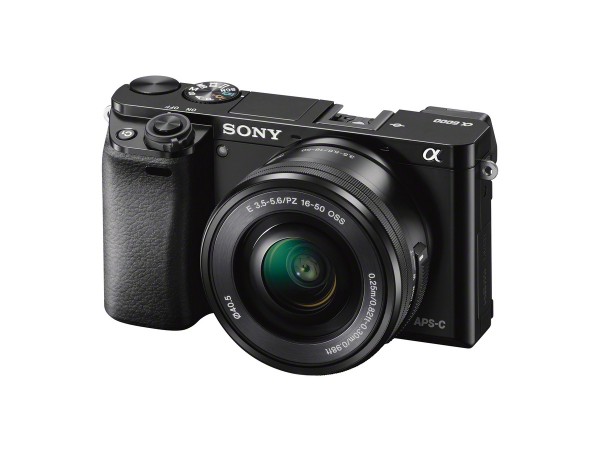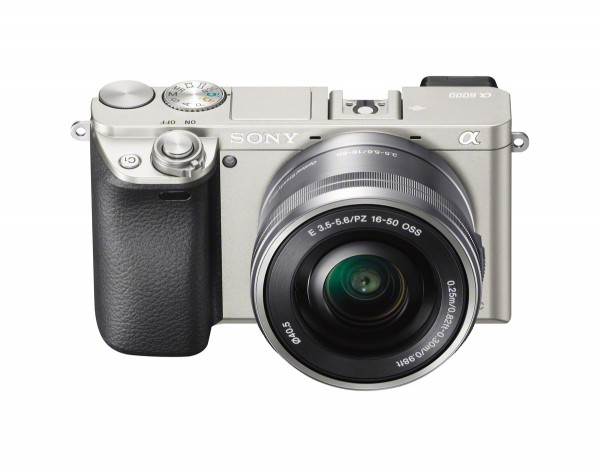Sony created quite a stir last year with its α7 mirrorless camera that featured a full-frame sensor and retained the same E-mount used in less expensive mirrorless systems.
In some ways, its new α6000 is a surprise given that recent development. For sure, Sony is not resting on its laurels by coming up with an update on its slightly lower-end cameras.

Nice vivid colour.
The α6000’s focusing system, which resembles the well-loved NEX focusing system, has got a huge revamp. Using both phase detection and contrast detection methods, the new system results in improved focusing speed, achieving “lock-on” in a mere 0.06 seconds.
The α6000 certainly did not disappoint in most cases, when I tried it out recently. I was able to focus on different areas within a scene, switching quickly between subjects in the foreground and background with no discernible lag at all.

Shot at a higher ISO1250 setting, the picture displays colour that is very vivid though a tad cooler than the competition.
There are other areas of improvement, such as lower ISO noise which was the bugbear of APS-C-sized cropped-sensor cameras in the past. The sensor on the α6000 has improved to the point where I am using ISO levels at ISO2000 and sometimes even up to ISO3200, which is more than sufficient for most shooters out there.

Shot at ISO2000, the picture is still sharp. Skin tones are again a tad cooler but acceptable.

Artificial lighting colour at ISO1250. The interior is quite dark and to pull off this sharp image at 1/60 at f/4 setting is pretty impressive.

I have coupled an external strobe system in manual with this shot. Pleasing result.
The inclusion of an improved Electronic View Finder (EVF) is also another welcome addition when EVF-less cameras seem the norm today.
Viewfinders are particularly useful when taking a shot in light-deprived environments and could help in stabilising the camera in the absence of a tripod. The EVF on the α6000 is fast. It has enough resolution to help with manual focusing too, though the Fujifilm’s X-T1 still has the best EVF due to its size.
The controls on the camera are still quite good though not at the level of a DSLR layout. I miss the front wheel at the index finger – I can’t change my aperture easily and have to resort to using my right thumb to do all the work.
For swift access, the camera allows up to seven buttons to be assigned to 43 functions and up to 12 functions can be assigned to the Fn button alone. With the lack of surface real estate, this is certainly welcome. However, it isn’t such a squeeze that you have to totally eliminate the front dial that controls the aperture setting.
In place of that, the rear wheel and dial have to work together to effect changes in full manual mode, requiring you to use only the right thumb. Not ideal at all when you have to react quickly.
Like its predecessors, the α6000 is petite. Being small means the grip size does not allow all four fingers to be used to hold the camera firmly. I do understand the need to go small but a good grip is needed when matching the camera with bigger lens.
In the α6000 case, the colour is certainly pleasant but can be quite cool or blue to some. The kit lens, however, can be seen at most a stop gap measure before a much better lens is bought.
I am not a fan of motorised zooming on the kit lens and prefer instead the faster manual method. The shooting experience and image quality did improve after I switched over to the Carl Zeiss 16-80mm f/3.5-4.5 A-Mount lens via a translucent adapter.
At S$1099.00, the α6000 with kit lens is actually quite reasonably priced. Personally, I would get the body alone at S$849.00 and use the difference to fund the purchase of a much better lens to maximise image quality.
The α6000 is definitely one mirrorless system to go for, more so when there’s an upgrade path to the excellent α7 full-frame camera.






